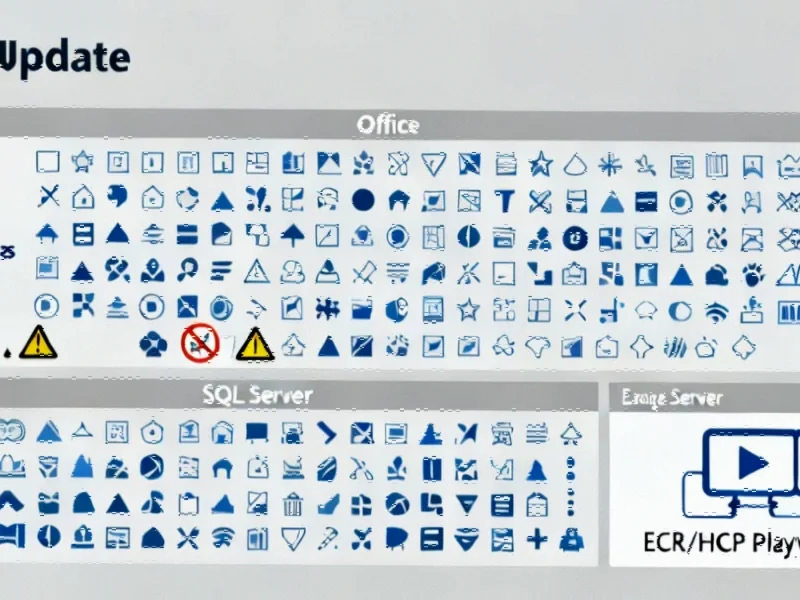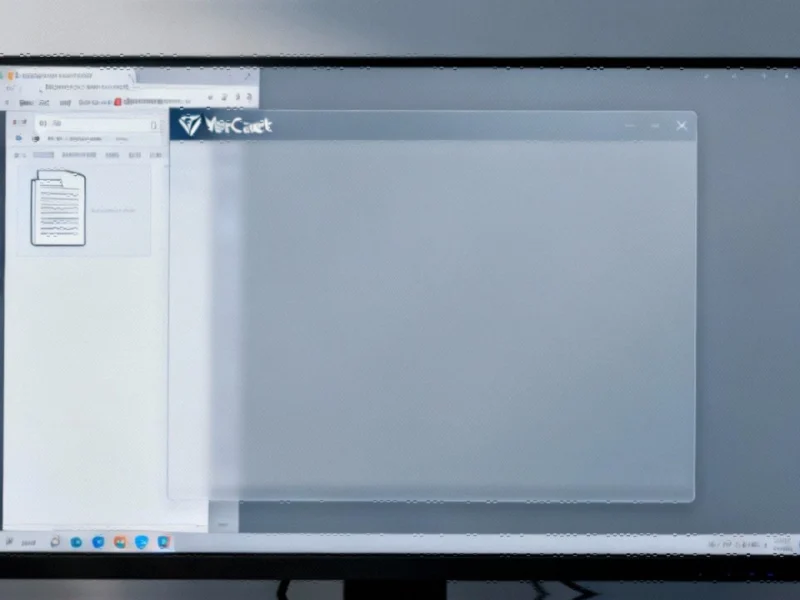Microsoft’s Massive Security Update: What You Need to Know
Microsoft has released an extensive security update for October, featuring 175 patches addressing vulnerabilities across Windows, Office, and .NET frameworks. The update includes critical server-side fixes for Microsoft SQL Server and Exchange Server, making this one of the most comprehensive security releases this year. Security teams should prioritize deployment due to the inclusion of four zero-day vulnerabilities that attackers are actively exploiting.
The zero-day flaws identified as CVE-2025-24052, CVE-2025-24990, CVE-2025-2884, and CVE-2025-59230 have prompted security experts to issue a “Patch Now” recommendation for all Windows systems. These vulnerabilities represent significant risks to organizational security, and delaying patches could leave systems exposed to potential breaches. For organizations following standard patch management cycles, all non-zero-day updates can be incorporated into regular deployment schedules.
Understanding the Zero-Day Threat Landscape
Zero-day vulnerabilities represent the most urgent category of security threats because attackers are already exploiting them before patches become available. The four zero-days in this month’s release affect multiple components of the Windows ecosystem, though Microsoft has not yet disclosed specific details about the attack vectors to prevent further exploitation while organizations deploy fixes.
Security analysts note that the sheer volume of patches—175 in total—indicates both Microsoft’s continued commitment to security and the evolving complexity of threat landscapes. Organizations should pay particular attention to server environments, as SQL Server and Exchange Server updates often address critical infrastructure vulnerabilities that could lead to data breaches or system compromises.
Resolution of Previous Month’s Issues
Microsoft has partially addressed a playback issue introduced in September’s updates that affected Windows 11 systems using Enhanced Video Renderer with HDCP enforcement or Digital Rights Management for digital audio. The problem manifested as copyright protection errors, playback interruptions, unexpected stops, or black screens during media playback.
While the October update provides partial resolution, Microsoft indicates that a complete fix may require additional development time and could arrive in next month’s patch cycle. This demonstrates the complex nature of update dependencies and why organizations must maintain consistent patching practices even when dealing with temporary incompatibilities.
Strategic Patching Recommendations
For IT administrators planning deployment strategies, Microsoft’s Readiness team has developed detailed infographics mapping the risks associated with deploying updates across different platforms. These resources help organizations prioritize which systems require immediate attention and which can follow standard update cycles.
When considering broader industry developments, the timing of these critical updates coincides with significant technological shifts across the sector. The security landscape continues to evolve rapidly, requiring organizations to maintain vigilant patch management protocols.
Broader Security Context and Industry Implications
The urgency of these patches comes amid increasing cybersecurity threats across all technology sectors. As Microsoft issues urgent security updates addressing critical vulnerabilities, organizations must recognize that delayed patching creates windows of opportunity for attackers.
Recent market trends in technology investment highlight the growing importance of robust security practices, particularly as organizations handle increasingly sensitive data. Meanwhile, emerging technologies continue to introduce new security considerations that must be addressed through consistent update protocols.
The intersection of security and innovation remains critical, as demonstrated by related innovations in mobile and extended reality platforms that face similar security challenges. Organizations that establish disciplined patch management processes will be better positioned to navigate the evolving threat landscape while maintaining operational stability.
Actionable Next Steps for IT Teams
Security professionals should immediately:
- Prioritize zero-day patches for immediate deployment across all affected systems
- Test server updates in controlled environments before production deployment
- Monitor system performance post-patching, particularly for media playback applications
- Review update documentation from Microsoft’s Readiness team for platform-specific guidance
Organizations that maintain rigorous patch management discipline will minimize their exposure to these newly addressed vulnerabilities while building resilience against future security threats. The October Patch Tuesday serves as another reminder that in today’s digital landscape, proactive security maintenance isn’t optional—it’s essential for operational continuity and data protection.
This article aggregates information from publicly available sources. All trademarks and copyrights belong to their respective owners.
Note: Featured image is for illustrative purposes only and does not represent any specific product, service, or entity mentioned in this article.



